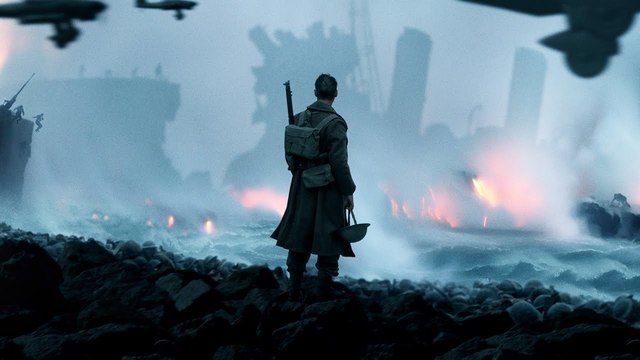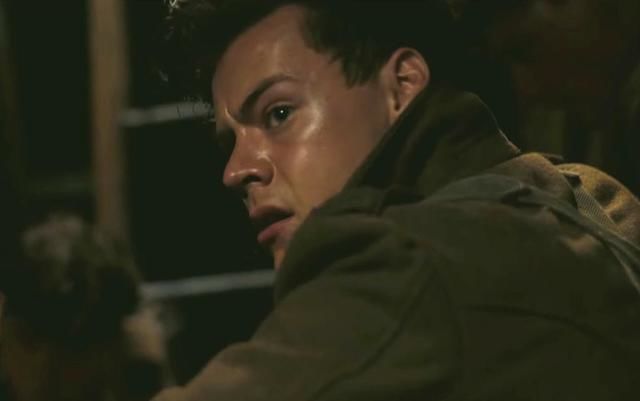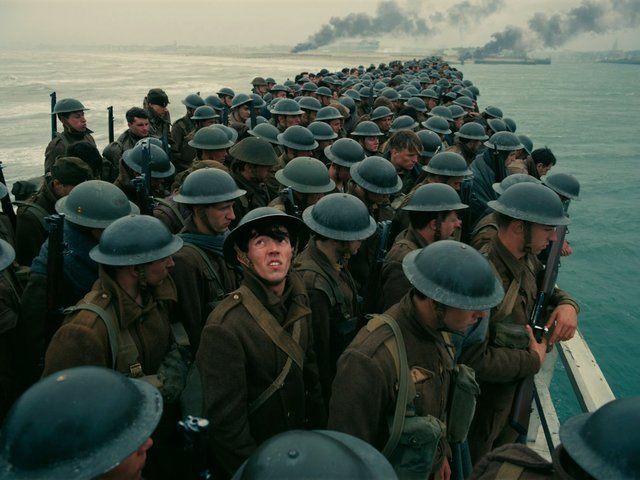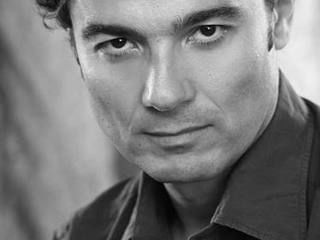Dunkirk, yet another masterpiece by Christopher Nolan
- Critique
- 03:00 PM - 31 July 2017
- 4 photos

After his last movie “Interstellar” was a big hit, Christopher Nolan’s most recent work “Dunkirk”, set mostly on and off the beaches of northern France in 1940, is predicted to be one of 2017’s biggest movies. The movie tells the story of around 400 thousand British and Allied troops who are surrounded by the enemy, struggling to get back home as the enemy closes in, trapping them and preventing them from going home in any possible way. What makes it even harder, is that the troops could see their home from their spot, but couldn’t reach it.
Christopher Nolan narrates the story from three different perspectives; the pilots protecting the troops, the struggling men on the beach, and the civilians, who were the unusual and unexpected saviors who turned this tragic and disastrous defeat into a miraculous victory. In the movie, Nolan plays jump rope with not just the plot, but also the time, as he narrates the story from three different time frames. The story on the beach takes around a week, in the boats a day and the air forces take around an hour. This method would probably be maddening for viewers, but for the maker of “Memento” and “Inception”, playing with time didn’t seem to be a problem. By playing with the time and plots, Nolan makes the story very suspenseful.
With very little dialogue in the movie, “Dunkirk” hasn’t struggled to build up the tension or keep the viewers on their toes until the last scene of the movie. Looking at Tom Hardy’s scene as a pilot – with the very little dialogue in it – showing nothing but his eyes that are more than enough to show the tension, terror and fear he is feeling, as the Germans – who were never mentioned by name and always referred to as “the enemy”- try to stop the British from going back home, while his fuel is running out. Hesitating between chasing the German planes and destroying them before they affect the British and turning around before his plane is completely out of fuel; Hardy is in total discomfort and fear, which was perfectly shown in his eyes.

Another upside in Christopher Nolan’s "Dunkirk" is Harry Styles’ performance in the movie. To many people’s surprise, the One Direction band member did a pleasant job in the movie, despite the almost non-existent development in the character, which was not very important in such a historical event, Harry Styles’ played a great role as one of the British troops struggling to get back home.

One of Nolan’s favorite partners to work with is Hans Zimmer, composer of the “Dark Knight” trilogy and of course “Dunkirk”. The score was so well worked it kept the audience alive and perfectly built up the tension. With the very little dialogue in the movie, Zimmer’s score was the only thing to hear for the biggest part of the film. Having worked with Nolan before on the “Dark Knight” trilogy and “Inception”, Zimmer showed his ability to transform Nolan’s ideas into perfectly composed music, bringing the tension and suspense into a whole other level.
The cinematography was remarkable, with Hoyte van Hoytema doing a great job in giving the audience a fantastic view of the story, showing it from the numerous perspectives of Nolan’s. It captures the extreme atmosphere in the movie; scenes of fire, explosions and chaos, whether through air, earth or sea. The movie’s level was strongly ameliorated due to van Hoytema’s excellent work, which will definitely earn him his first Oscar-nomination in my opinion.The most reoccurring scene, in which troops look up whenever a plane starts dropping bombs, really showed Hoyte’s amazing ability, always shot from a perfect angle, using the “long shot” ideally, thus showing the great number of troops involved.

All in all, “Dunkirk” is a piece of art that was well worked by the entire cast and crew. Christopher Nolan has once again proven that he is one of the best in the business and that he is to be regarded among the elite directors of Hollywood.













